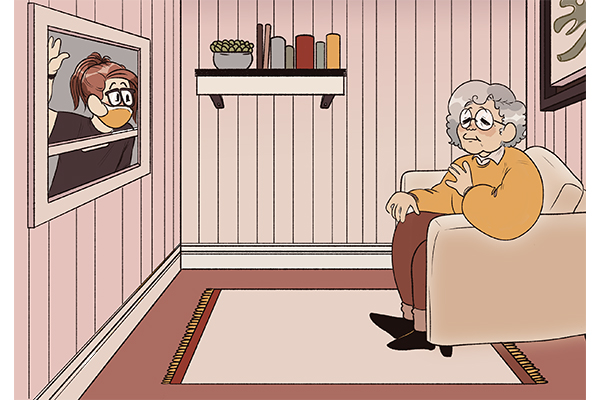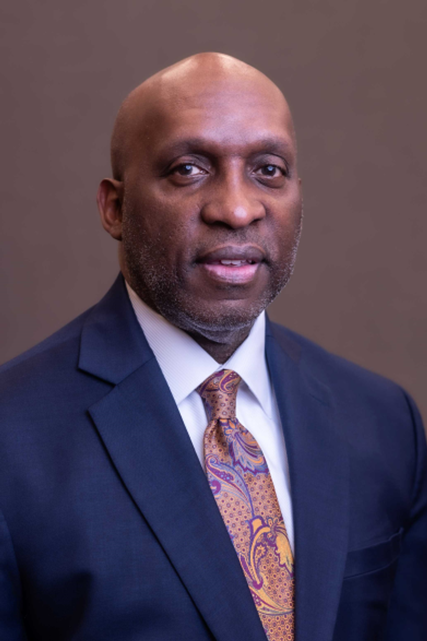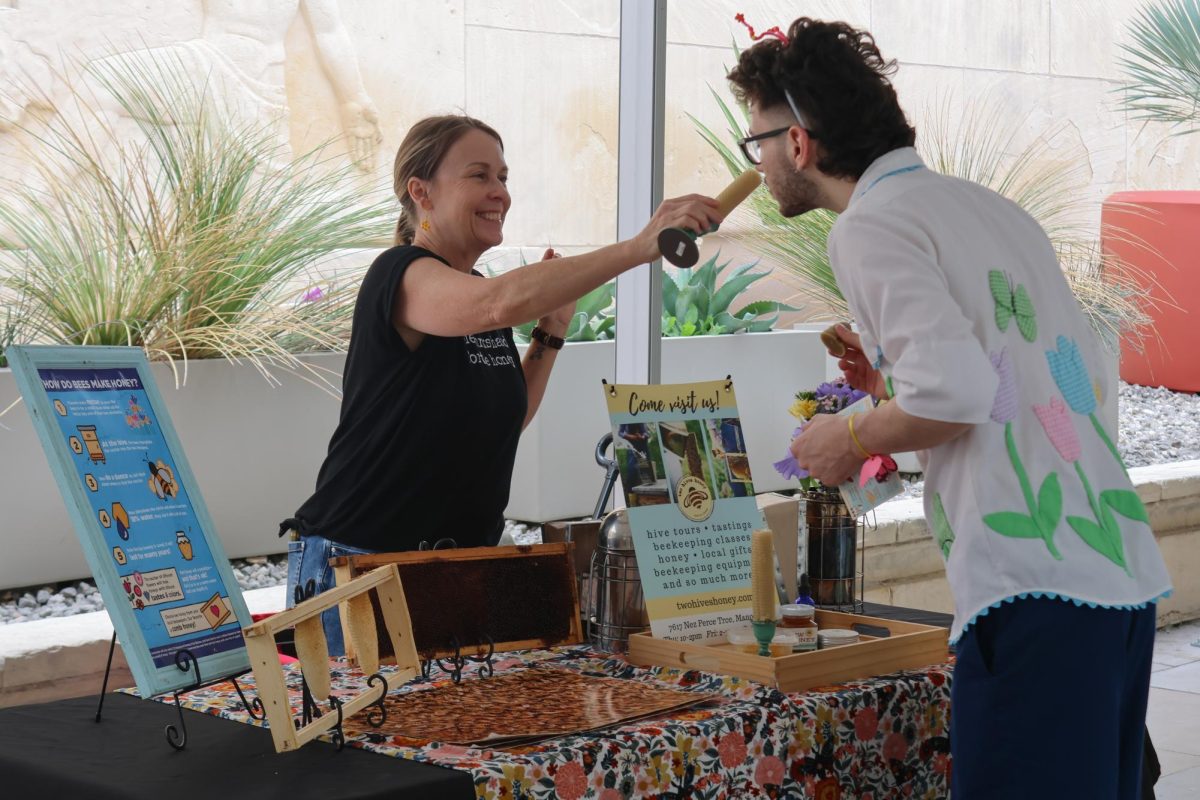Researchers at the UT Design Institute for Health have been working on a project commissioned by the Austin City Council to make elderly care facilities more equitable.
Last Tuesday, researchers with the institute presented their second round of findings to the Austin City Council. Stacey Chang, Design Institute for Health executive director, presented the report, which found that long-term care facilities lack funding, have confusing policies and use resources poorly.
“There are large amounts of death happening in nursing homes because there’s a lot of risk factors involved,” Chang said. “People who are elderly tend to be more frail and have other existing conditions, and now they’re living in close proximity to each other.”
Chang said there is systemic inequality among nursing homes, assisted living and independent living. He said the private funding of the latter two create inherent inequality for the first.
“Nursing homes don’t get reimbursed particularly well, especially if they serve poor patients (or) poor populations, so their ability to stand up all the kinds of interventions necessary to prevent something like COVID-19 is very hard,” Chang said.
Chang said certified nurse aides who are in charge of bedside care are paid little and typically work multiple jobs, which can make a nursing home employee a liability for spreading infections.
“(Certified nurse aides) can make more working a weekend at Buc-ee's than I can working full time in a nursing home,” Chang said. “But they do that because they care about that work and the people they care for.”
Chang said inequality is especially present specifically in Austin nursing homes because they are predominantly located in low-income neighborhoods on the east side of Austin along Interstate 35, whereas privately funded assisted and independent living areas are not.
City Council Member Ann Kitchen said in a council meeting Sept. 29 that she was impressed with Chang’s work and now Austin can make better decisions on improving elderly care facilities.
“We have just seen countless examples of inequity we know exists, but the impact of COVID-19 is just highlighting those for us,” Kitchen said in the meeting.
Rose Lewis, social service designer at the Design Institute for Health, said she focuses on how social services in a nursing home can be improved on a larger scale by collecting information on a micro level.
“Things need to change in terms of how we approach our aging communities and how we develop and design communities to facilitate (community) and foster connections,” Lewis said.





















